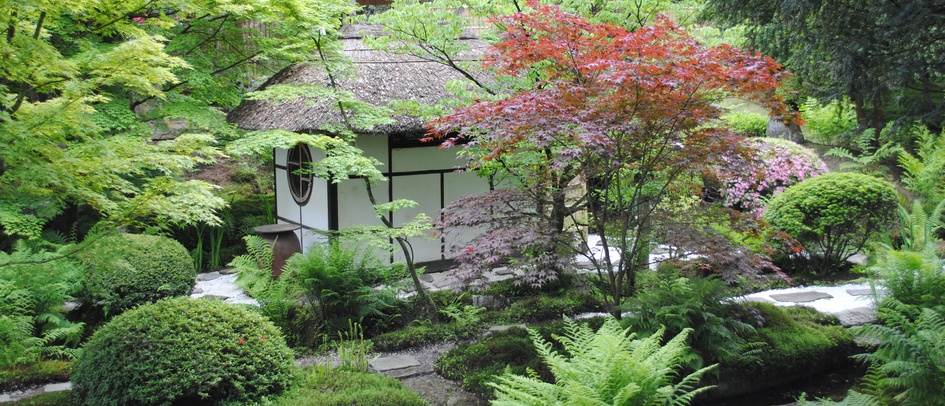Tea was brought to Japan from China during the Tang Dynasty. This was at a time when Japan and China had many cultural exchanges and both countries were very prosperous. In the centuries that followed, the countries became isolated from each other and China began serving tea as a popular refreshment. In Japan, the focus was mainly on its medicinal properties.
In the twelfth century, Moyoan Eisai, founder of Zen Buddhism, returned from a trip to China and began growing tea for religious purposes. He was the one who suggested grinding the tea leaves and adding hot water. This tea is what we call matcha today. Hui-tsung, one of the emperors during the Chinese Song dynasty, wrote about using a bamboo brush to mix the tea with the water. These two sources provided the general foundation for the modern tea ceremonies as we know them today.
Especially in Japan, the tea ceremony is seen and regarded as a higher art form. It is as much about drinking the tea or matcha as it is about the entire process. The beauty of the ritual, the mindful and conscious preparation of the tea, this from the heart in an environment that invites you to do so. The host or hostess thinks with every gesture and every movement that is made about the experience of the guests of the tea ceremony. Drinking the matcha is taken very seriously in this case. Although most Japanese drink matcha tea in their daily life, matcha is also the tea that is used for the tea ceremonies.

